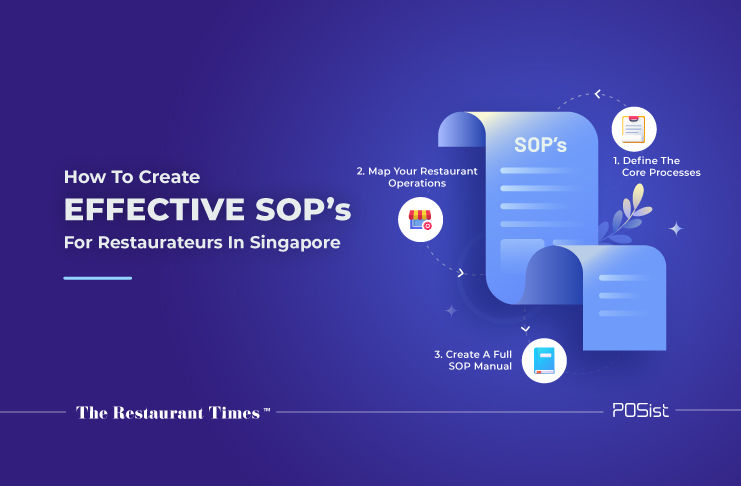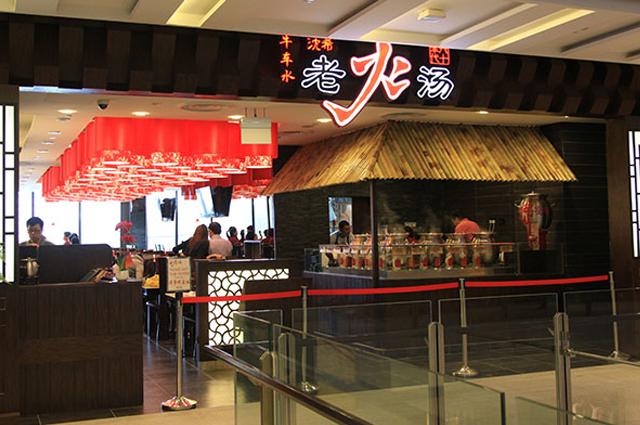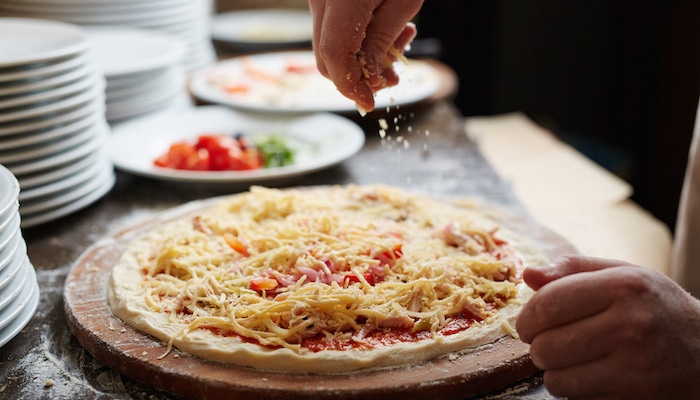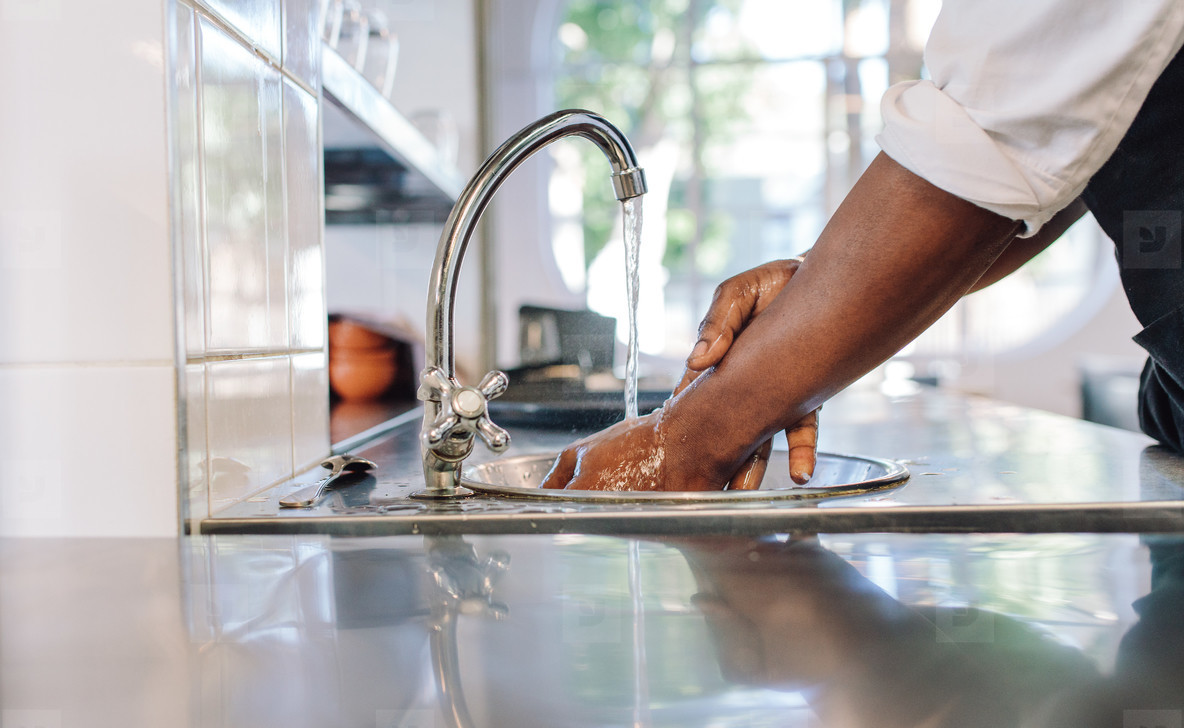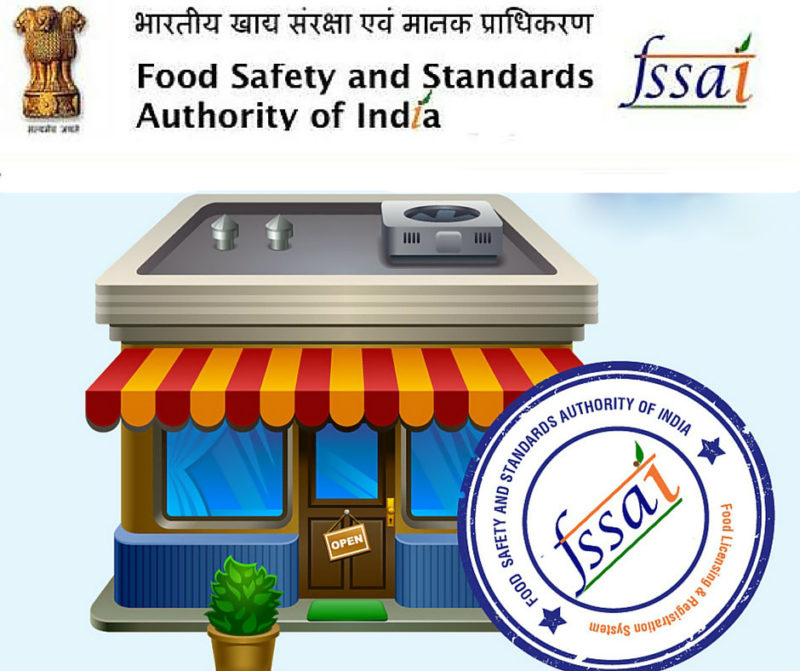Singapore is known to be the food capital of Asia. The foodservice industry plays a significant role in its economy, contributing 0.8% to its GDP. Technomic – a management consultancy firm- found that around 92 percent of Singaporeans visit a restaurant at least once a week. Running a restaurant business is no cakewalk. The most important thing you can do to maintain your business growth is to be consistent in all that you do. Bringing in technology, creating a set of impactful Standard Operating Procedures (restaurant SOP), and building processes to achieve targets should be your goals, especially in the competitive market of Singapore.
In this blog article, we cover the following:
- Need for SOPs at your restaurant
- A Step by step guide to creating SOPs
- How SOPs have saved restaurants in adverse situations
- Things to include in a restaurant SOP
Before moving further, it is important for you, as a restaurateur, to understand why there’s a need for SOPs in the first place. Maintaining standardized procedures and routines is undoubtedly one of the most critical needs for restaurant owners. Every process, small and large, must be defined and executed in a standard way. This way, you can train your staff, control the quality of your product as well as track your growth.
Let’s dig in to understand how you can create SOPs at your restaurant in Singapore.
Creating Standard Operating Procedures For Your Restaurant, Step By Step!
There is no right or wrong way to create your standard operating procedures. Since every restaurant works differently, you might as well find your way to create one. But what we can suggest to you is that it’s always better to follow a framework for creating an effective SOP that eliminates inefficiencies and improves response time. Our SOP template will give you step-by-step information on creating your own workflows to meet the unique operational needs of your restaurant business. Define The Core Processes
State the core processes of your restaurant upfront. For instance, a dessert parlor can have so many flavors and dishes. The management needs to define core processes like order taking, distributing and serving, wait staff, kitchen processes, and so many more. Everything you need to handle daily routines to be documented to avoid any confusion or surprises.
Operations Mapping
We suggest that you map each stage of the core processes and then bind them later, according to a priority map. Starting from order taking to delivery, to the way your staff needs to wait on a particular table. A lot of you might overlook little details like serving water to the customer when they arrive.
Let’s take an assumption to understand this better. One waiter refills glasses every time it’s empty; another might refill them only when the customer asks for it. None of the two ways are wrong majorly, but setting a uniform way would give out a message of professionalism and efficiency to your customer. Understand which processes are more critical than others, and then bind them together.
Create A Full SOP Manual
Once you’re done with documentation, create an official document for your SOP. This way, it’s easier for everyone to go back over whichever process they need to reference, at any time.
How SOP’s Have Saved Restaurants In Adverse Situations
In August 2018, a popular restaurant in Singapore was shut down for almost two weeks for selling unhygienic food to the customers. The restaurant changed its supplier after customer feedback and came back with an entirely different menu. The restaurant credits their gradual turnaround to strengthening the SOP’s and conducting a regular investigation to enforce them has been their primary target.
The spokesman said in an interview, “In addition to the current food safety team, a new quality assurance manager with several years of experience in central kitchen food production and hygiene has been hired to ensure that SOPs will be strictly adhered to by all levels of staff within the organization.”
Another such incident happened at the Lao Huo Tang restaurant. Due to a fault in the kitchen equipment, the restaurant served uncooked chicken to one of its patrons. Although a complete refund was given to the family, the family was distraught since no one followed up afterward to check if the family member fell ill.
After the incident, the restaurant followed its Standard Operating Procedures to immediately stop all sales of the mushroom chicken dish and recalled all orders. “As a part of our SOP, we will also be reviewing our food preparation SOPs for improvements, if any, said a senior manager with the restaurant”
This is how an SOP saves you from stressful situations.
What Is Included In A Restaurant SOP
Now that we have established how to create a restaurant SOP, let’s look at the sections that are to be included in it. Here are the broader categories you can refer to.
1. Food Preparation And Handling:
The first set of the protocol involves food preparation and handling operations:
Recipe And Handing Methods: Include everything from the recipes to the ingredients to the temperature at which the dish is to be maintained before being served.
Presentation: The next important aspect of food preparation is the presentation. It helps ensure that every time a dish goes out of your kitchen, it looks the same. A discrepancy in the same could make your customers lose interest, and that’s not what you want!
You must also include the way each dish is to be served by the waiter. For instance, a restaurant has a policy of refilling cold drinks as soon as the customer is seated. Specify whether the waiter needs to take the glass from the customer and bring it back filled up, or bring another glass of cold drink in the SOPs.
Storage: Maintaining an itemized inventory, and stocking requirements of raw material by category volume and frequency must be documented step by step. This not only saves your staff time but also has a direct impact on your food costs.
2. Setting Customer Service Standards
The next set of SOPs is related to your staff members. How they greet and seat your customers, take their orders, generate bills, and manage their expectations must be codified.
a. Greeting and Seating: Set a time limit in which a customer is to be seated at your restaurant. You need to include a series of protocols for greeting customers, how dishes are recommended to them as they go through the menus, the frequency with which you ask the customers about how they like the food, and so on.
b. Order Taking, Serving, And Delivery: Once the customers are ready to place their orders, keep a protocol that defines how you’re going to take their orders. Other aspects to standardize, include serving food, making small talk, promoting events and rewards programs, or asking for feedback.
c. Billing And Final Settlement: Have a protocol with regards to billing your customers and generating invoices. This could include the usage of POS for calculating split bills, credits, discounts, taxes, and special offers, how the customers are given the receipt after, and so on.
d. Customer Complaint Management: After settling their bills, you need a procedure to bid your customers a fond farewell. These procedures could include asking for feedback, giving feedback forms, talking to the customers, and finally taking out time to collectively analyze their input later.
e. Equipment Handling: Best practices for using all the equipment, including your POS, needs to be clearly stated. This prevents any confusion related to usage when a new staff member joins in.
3. Health And Hygiene:
Keeping your restaurant hygienic is one of your most essential operations, especially in a country like Singapore. Having a detailed SOP for your restaurants in Singapore has a direct impact on its ambiance.
4. Safety
Last on your SOP list should be safety measures. Multiple potential situations s can be described here. For example: In case of fire emergencies, procedures like evacuation, contacting the fire department, using fire extinguishers, manning emergency exits, and securing combustibles in your kitchen, must be mentioned in your SOP.
For your reference, here is a template of a restaurant SOP in Singapore!
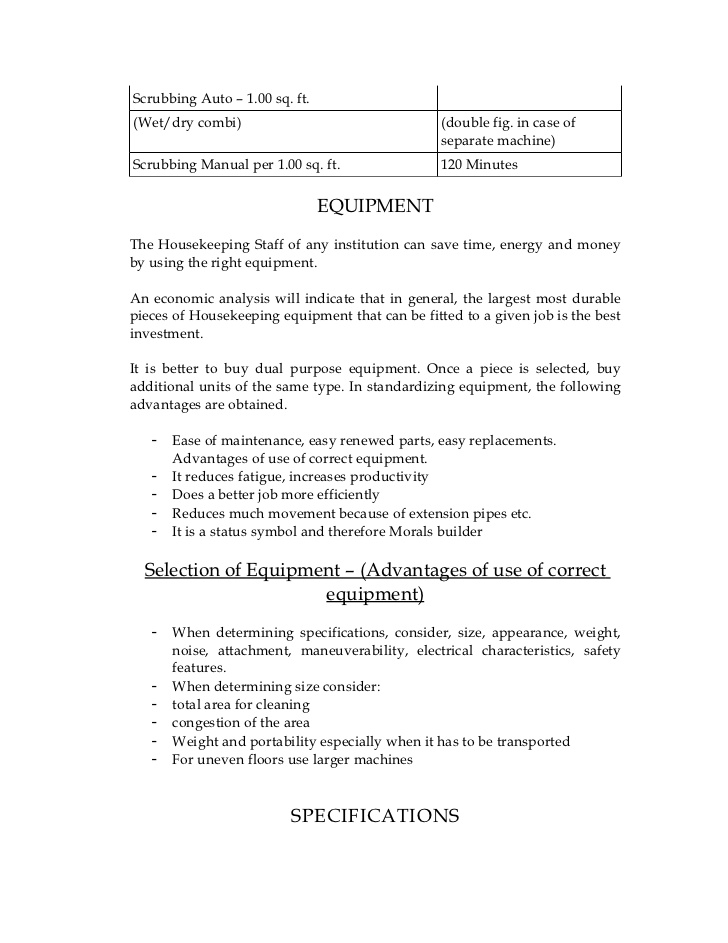
All in all, considering the restaurant market of Singapore, a restaurant SOP acts like a step-by-step guide in times of any adverse situations and a training resource for new staff members. One thing you should note here is that your SOP will only be helpful if you conduct mock drills and simulated emergencies to train your staff in the following protocol. Otherwise, the whole thing will just be an academic exercise. We recommend you make a checklist of primary operations that you need to focus on first and then move to secondary essential services to develop a balanced SOP structure for your restaurant in Singapore.


